Photos of what some of the first theme parks were like
The concept of theme parks has enchanted visitors for over a century, offering a blend of entertainment, thrill, and escapism. These magical places have evolved from simple pleasure gardens to elaborate destinations that capture the imagination. In the early days, theme parks were more about providing a novel experience rather than the immersive worlds we know today. Their evolution is a fascinating journey through time, showcasing human ingenuity and a quest for limitless fun.
A Glimpse into the World’s Fair: The Proto-Theme Parks
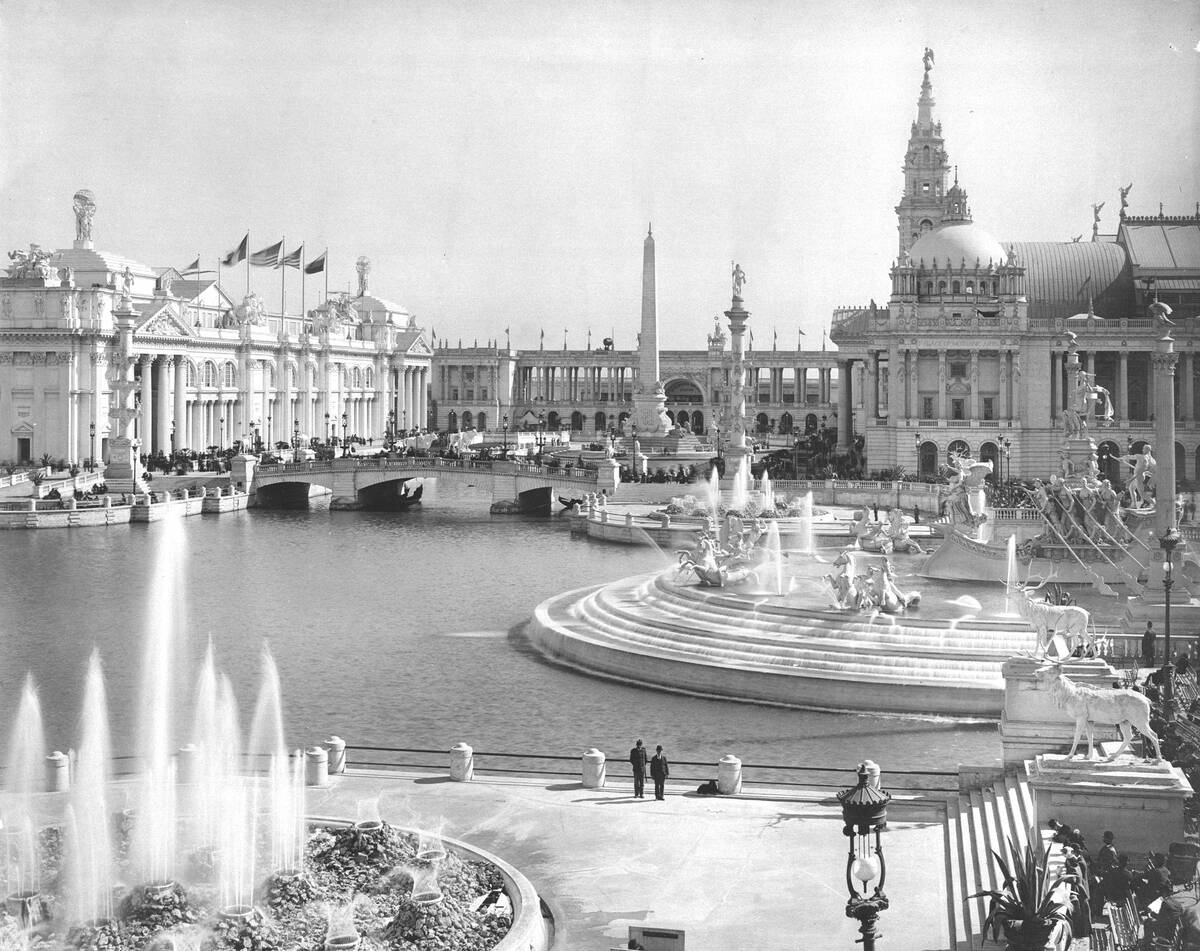
Long before Disneyland, the World’s Fairs were the grand spectacles that drew massive crowds. The 1893 World’s Columbian Exposition in Chicago introduced the Ferris wheel, a marvel that symbolized the future of amusement rides. World’s Fairs were a showcase of innovation and wonder, where the public got a taste of the extraordinary. These events laid the groundwork for what would eventually become the modern theme park, blending culture, technology, and entertainment.
Coney Island: The Birthplace of Modern Amusement
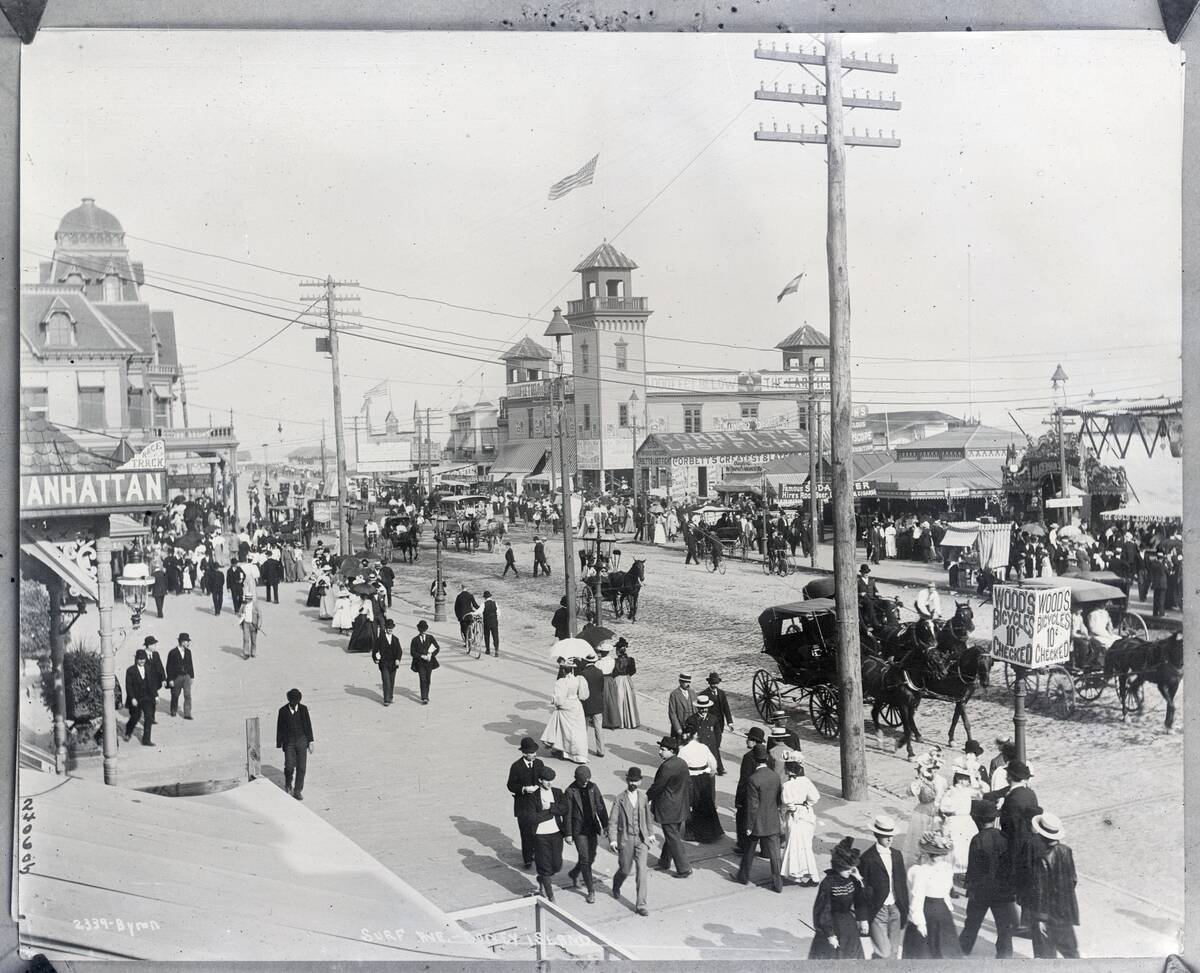
Coney Island, located in Brooklyn, New York, is often hailed as the birthplace of the modern amusement park. In the late 19th century, it became a hotspot for thrill-seekers with attractions like the Switchback Railway, an early roller coaster. The beachside destination offered a mix of freak shows, circus acts, and innovative rides, capturing the imagination of millions. Its vibrant history and eclectic offerings made Coney Island a prototype for future amusement parks worldwide.
The Enchantment of Luna Park in the Early 1900s
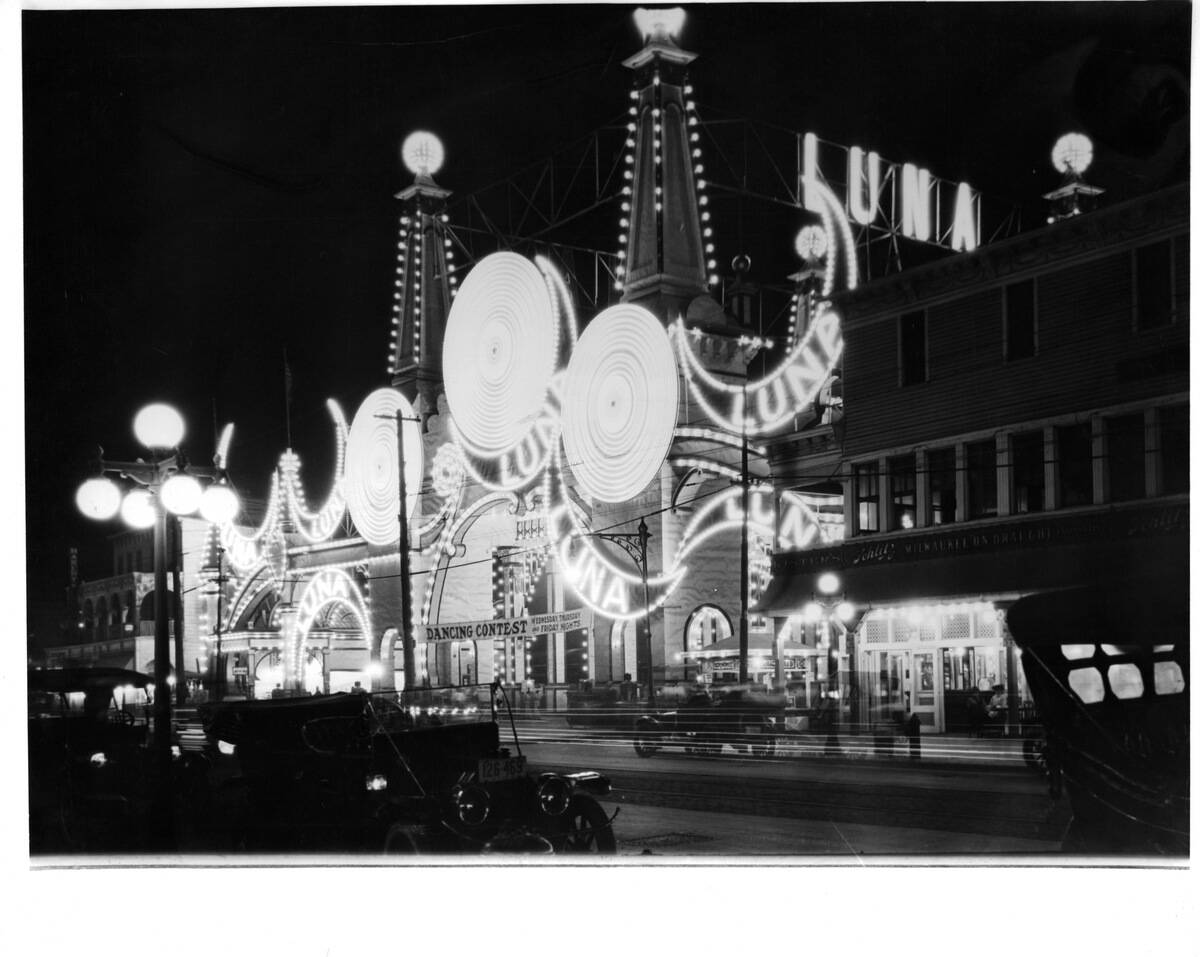
Opened in 1903, Luna Park was one of Coney Island’s iconic attractions, known for its dazzling lights and outlandish architecture. The park was a nighttime wonderland, illuminated by over 250,000 electric bulbs, earning it the nickname “Electric Eden.” Luna Park was revolutionary in its design and drew visitors with exciting rides and exotic-themed shows. Its success demonstrated the potential of combining technology with entertainment, influencing future theme park designs.
Dreamland: The Illusionary Wonderland
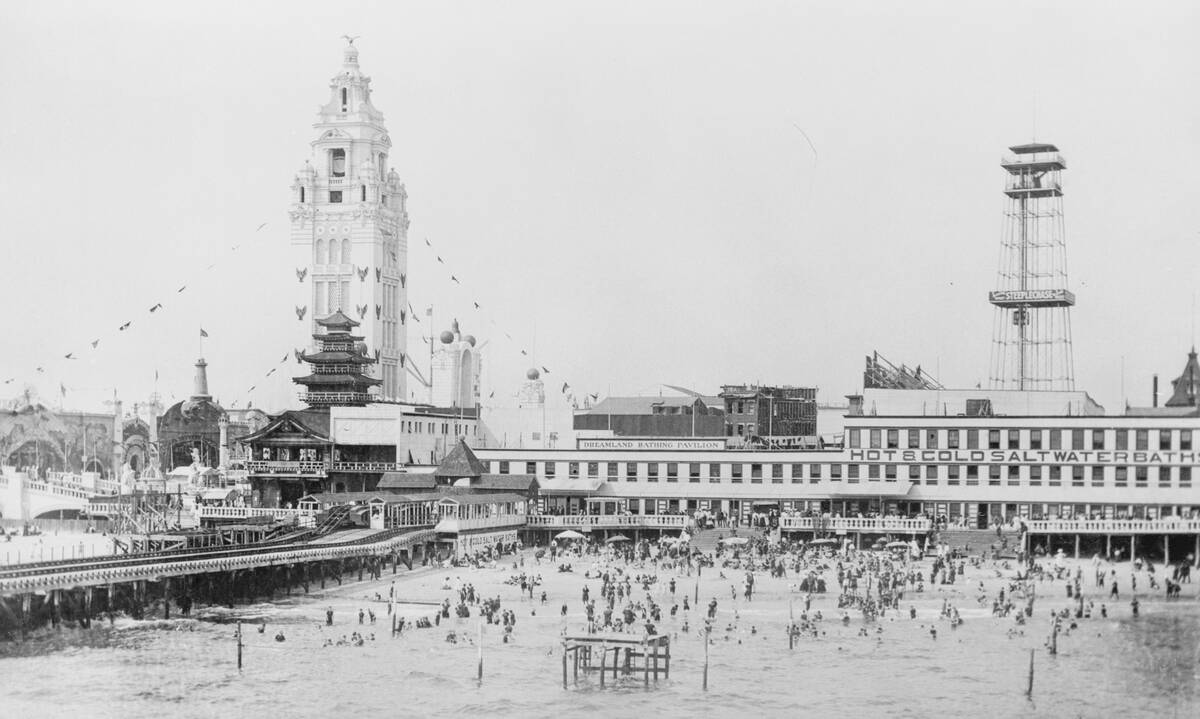
Dreamland, another Coney Island marvel, opened in 1904 and aimed to be more sophisticated than its neighbors. It featured grand architecture and a scenic railway that whisked visitors through miniaturized global landmarks. Dreamland’s mascot, the “Little People,” performed in elaborate shows, adding to its whimsical allure. Although a fire in 1911 destroyed the park, its ambitious vision and unique attractions left a lasting impact on the concept of creating immersive fantasy environments.
The Original Disneyland: Tivoli Gardens in Copenhagen
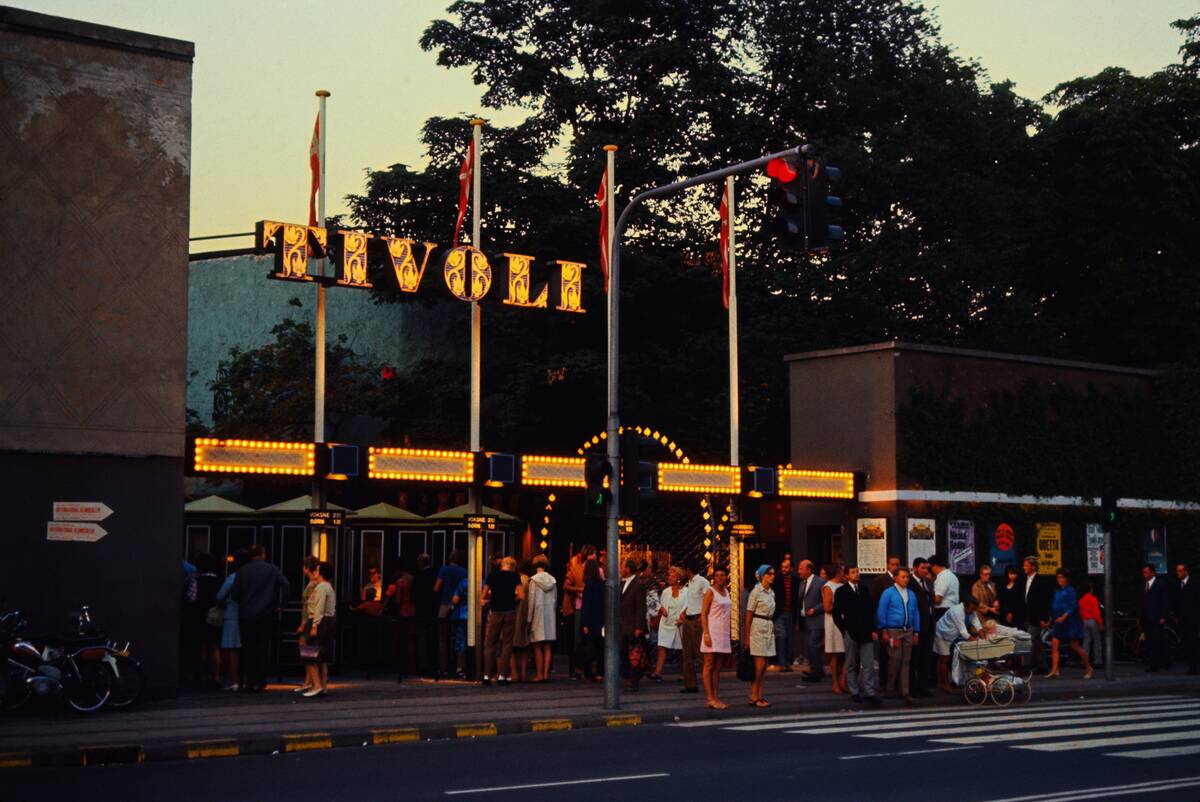
Tivoli Gardens, established in 1843 in Copenhagen, Denmark, is often credited as a significant inspiration for Walt Disney’s Disneyland. The park is known for its beautiful gardens, live performances, and family-friendly atmosphere. Tivoli’s blend of rides, culture, and dining experiences created a charming environment that captivated visitors from around the world. Its longevity and appeal highlight the timeless allure of well-designed amusement parks, making it a beloved destination for generations.
Blackpool Pleasure Beach: The British Amusement Revolution
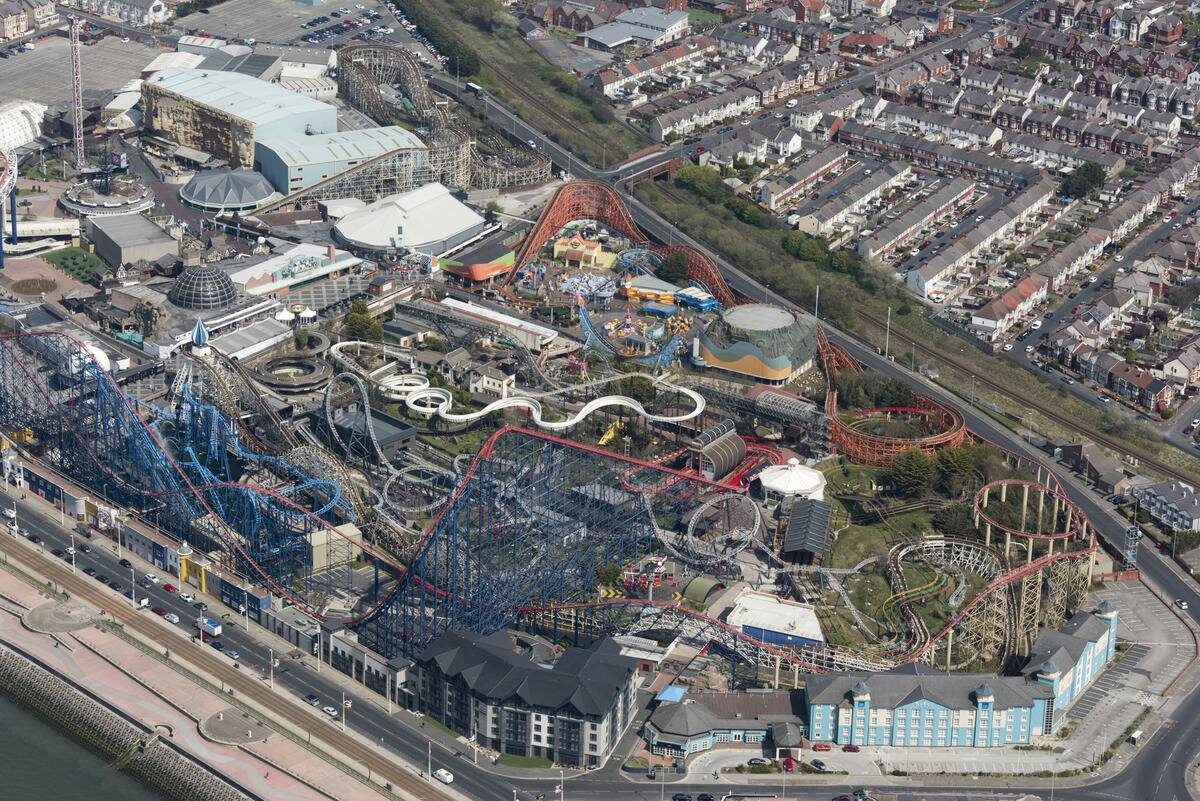
Blackpool Pleasure Beach, founded in 1896, revolutionized the British amusement scene with its thrilling rides and seaside location. The park’s iconic Big Dipper roller coaster, which opened in 1923, became a symbol of exhilarating fun. Blackpool’s attractions, ranging from family-friendly rides to adrenaline-pumping coasters, drew visitors nationwide. It showcased how theme parks could be both a local and national draw, influencing the development of similar attractions across the UK.
Steeplechase Park: Where Thrills Began
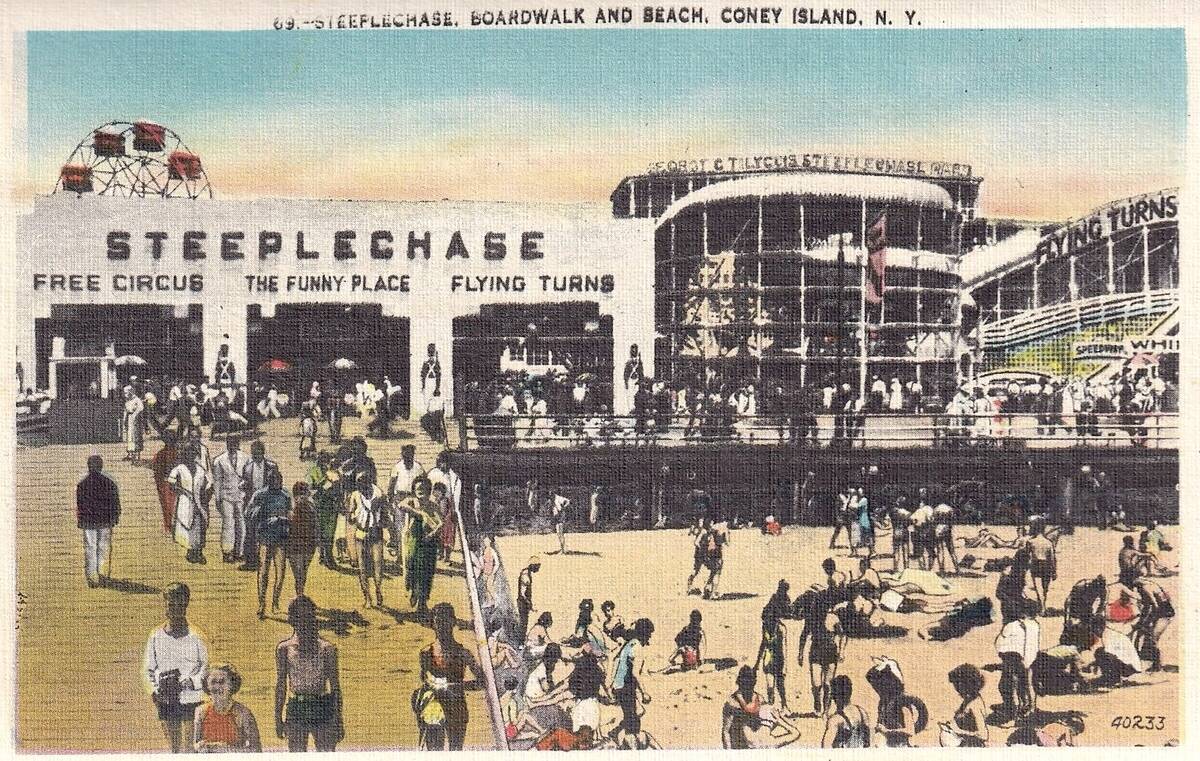
Steeplechase Park, established in 1897 on Coney Island, was one of the first parks to focus on thrill rides. Its iconic ride, the Steeplechase Horse, allowed guests to race mechanical horses around a track, providing an exhilarating experience. The park featured a variety of attractions, including funhouse mirrors and the thrilling Human Roulette Wheel. Steeplechase’s innovation in ride design and its emphasis on excitement paved the way for future thrill-centric amusement parks.
The Magic of Fairyland in Oakland
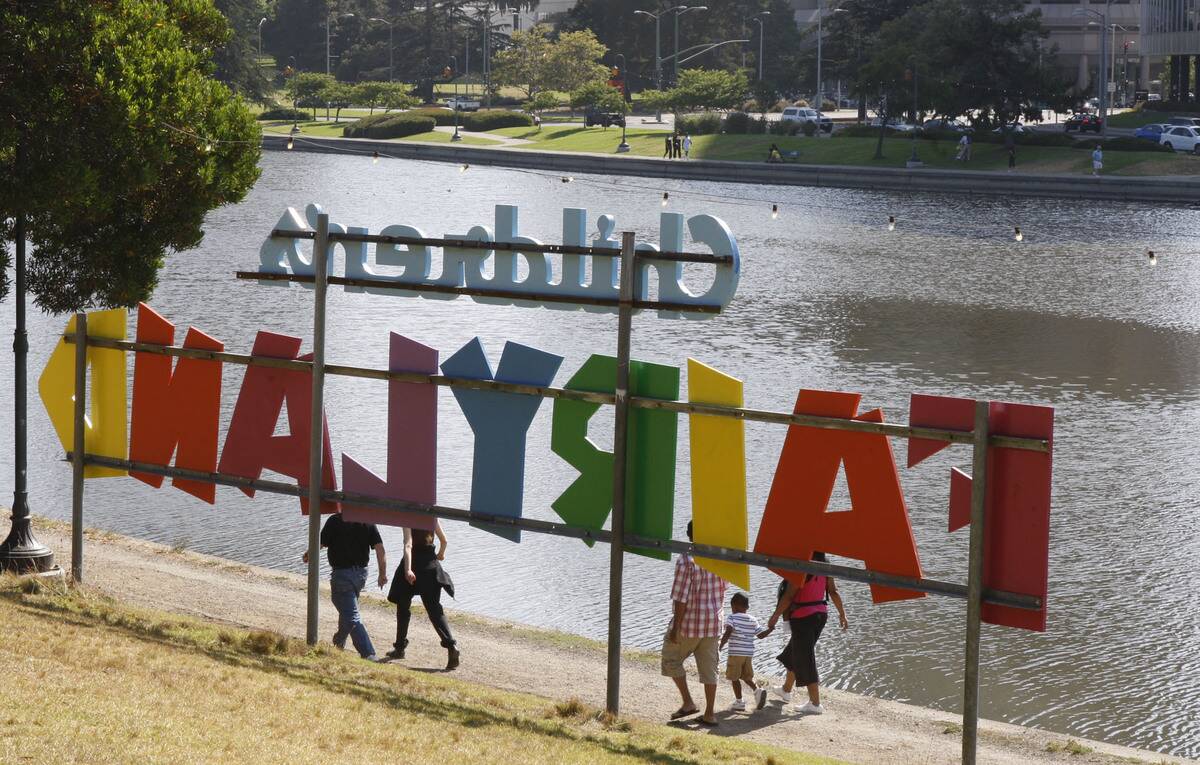
Fairyland, opened in 1950 in Oakland, California, was one of the first storybook-themed parks designed for young children. Its charming attractions, based on fairy tales and nursery rhymes, created a whimsical world where stories came to life. The park’s storybook sets and puppet shows captured the imagination of its young visitors, providing a magical escape. Fairyland’s focus on child-friendly attractions set a precedent for future parks aimed at younger audiences.
Riverview Park: Chicago’s Delightful Escape
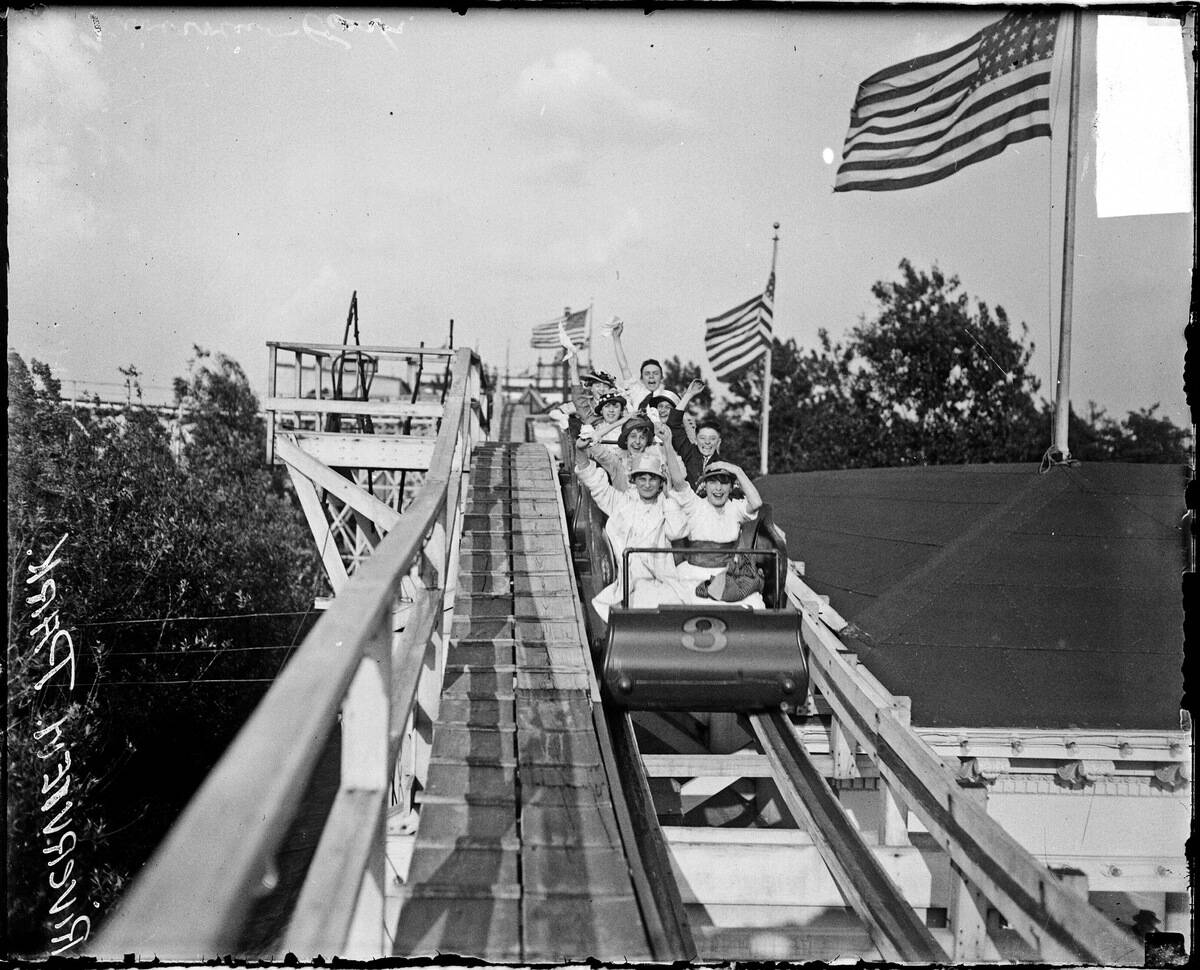
Riverview Park, which operated from 1904 to 1967 in Chicago, was a beloved local attraction known for its thrilling rides and lively atmosphere. The park featured the Bobs, a legendary wooden roller coaster that thrilled visitors with its steep drops and sharp turns. Beyond rides, Riverview offered a diverse range of entertainment, including vaudeville acts and dance halls. Its combination of excitement and entertainment made it a cherished escape for Chicagoans and visitors alike.
The Historic Appeal of Kennywood Park
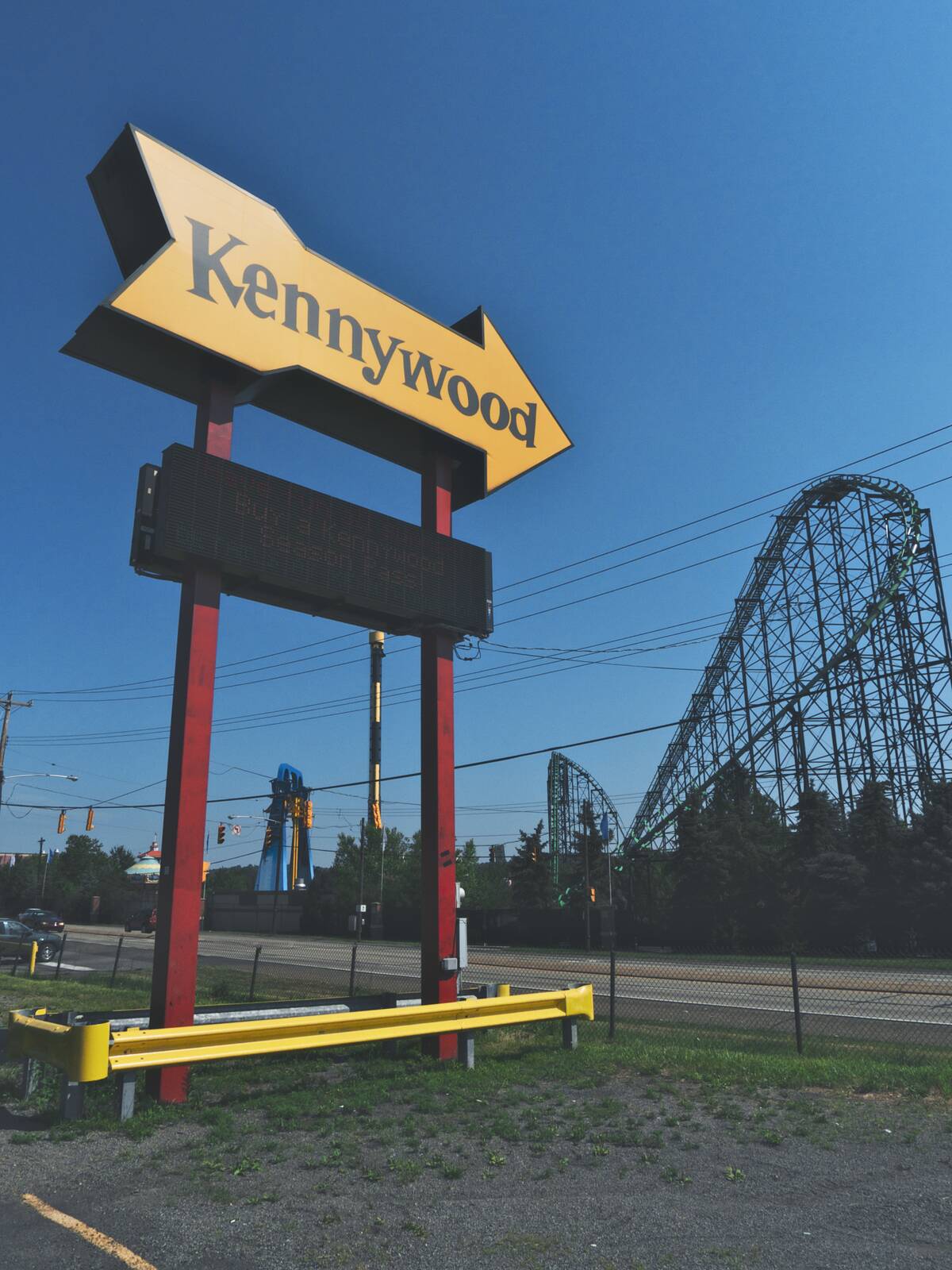
Kennywood Park, located near Pittsburgh, Pennsylvania, opened in 1898 and is one of the oldest amusement parks in America. Its historic rides, such as the Jack Rabbit and Racer roller coasters, have provided thrills for generations. Kennywood’s blend of classic attractions and modern innovations keeps it a favorite destination. The park’s rich history and commitment to preserving its vintage charm make it a unique and nostalgic experience for visitors of all ages.
Santa Claus Land: A Jolly Beginning
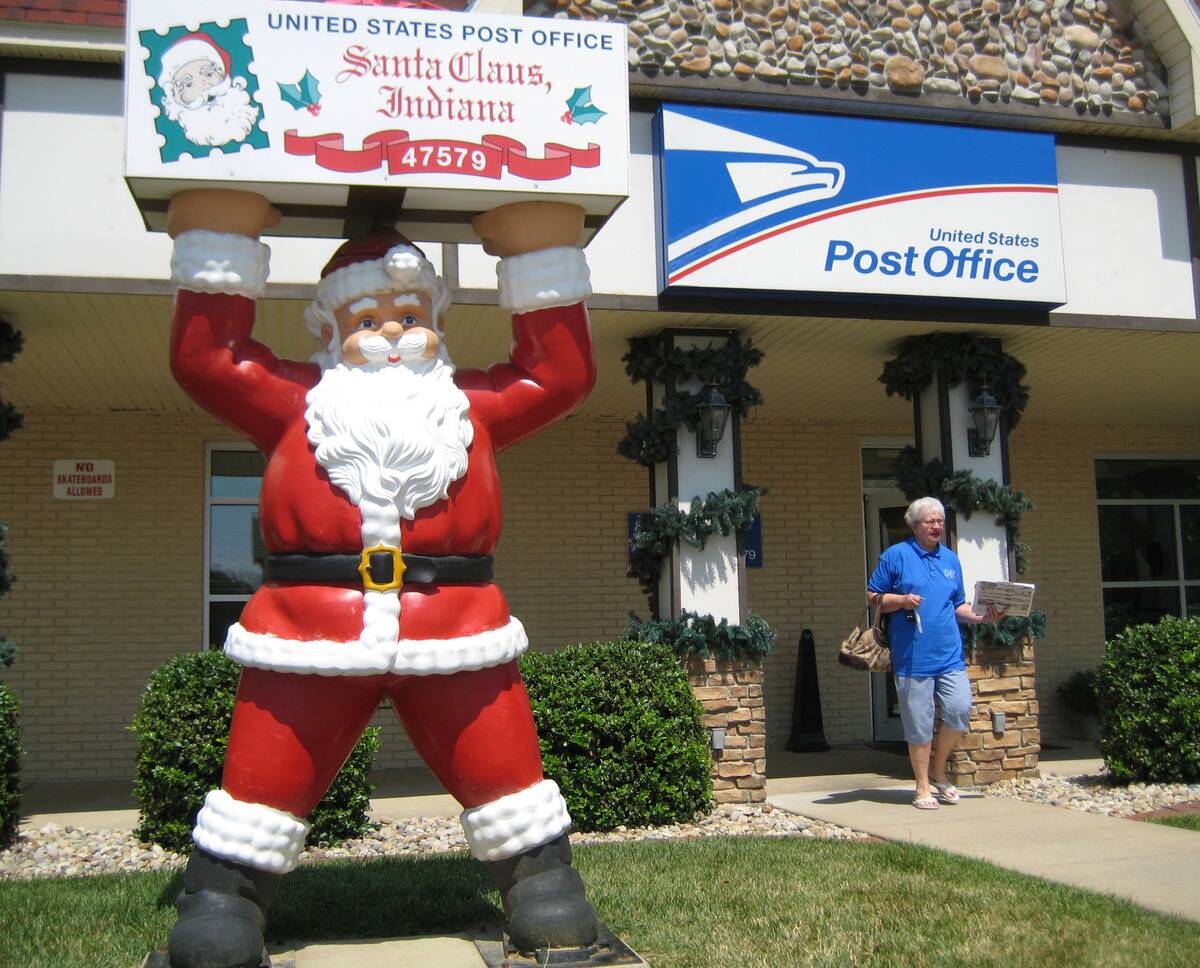
Santa Claus Land, opened in 1946 in Santa Claus, Indiana, was the first theme park to focus on a single theme: Christmas. The park featured festive attractions like the Toyland Ride and Santa’s Workshop, creating a year-round holiday atmosphere. Santa Claus Land’s success inspired the development of other themed attractions, emphasizing the potential of creating immersive environments based on beloved themes. Today, it is known as Holiday World and continues to delight visitors with its festive charm.
Knott’s Berry Farm: From Berry Stand to Family Fun
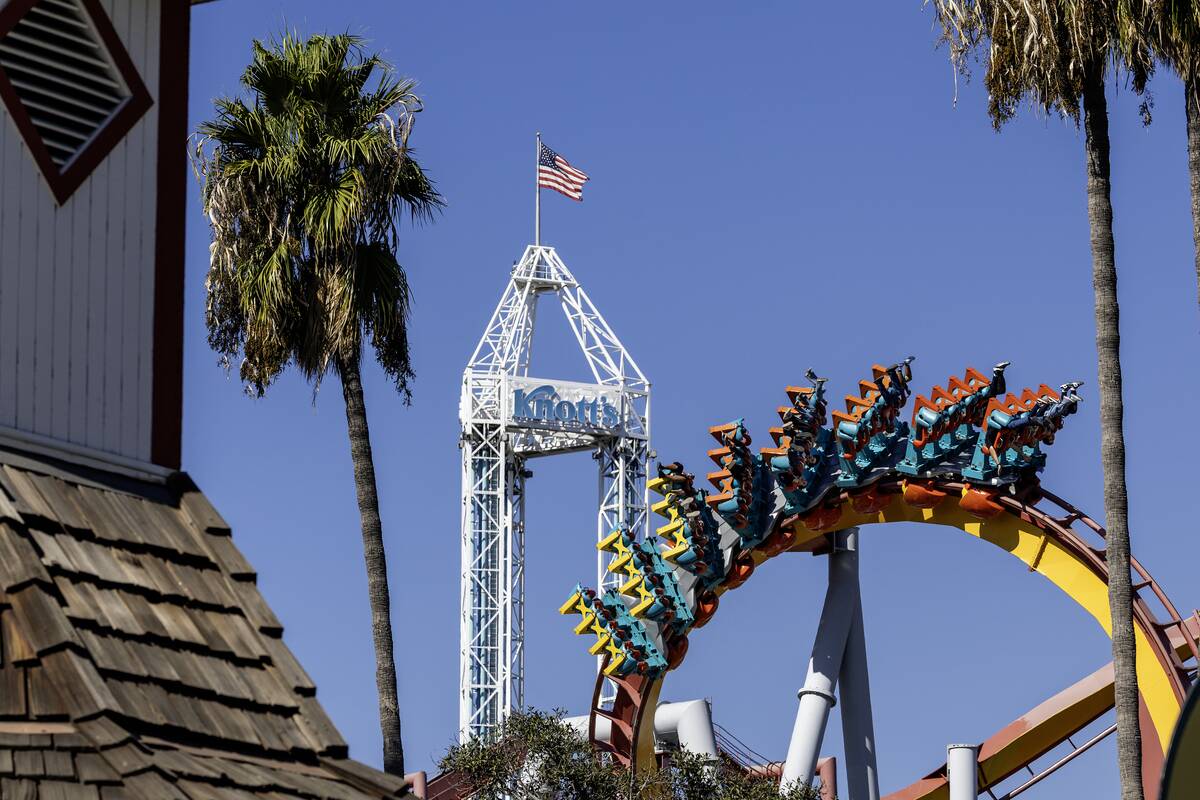
Knott’s Berry Farm, started in the 1920s as a berry stand in Buena Park, California, evolved into one of the country’s first theme parks. The park’s transformation began with the addition of a ghost town attraction in the 1940s, drawing visitors eager for entertainment. Over the years, Knott’s expanded with thrilling rides and themed areas, becoming a beloved family destination. Its growth from a humble farm stand to a major amusement park underscores the power of creativity and innovation.
Exploring the Fantasy of Storybook Land
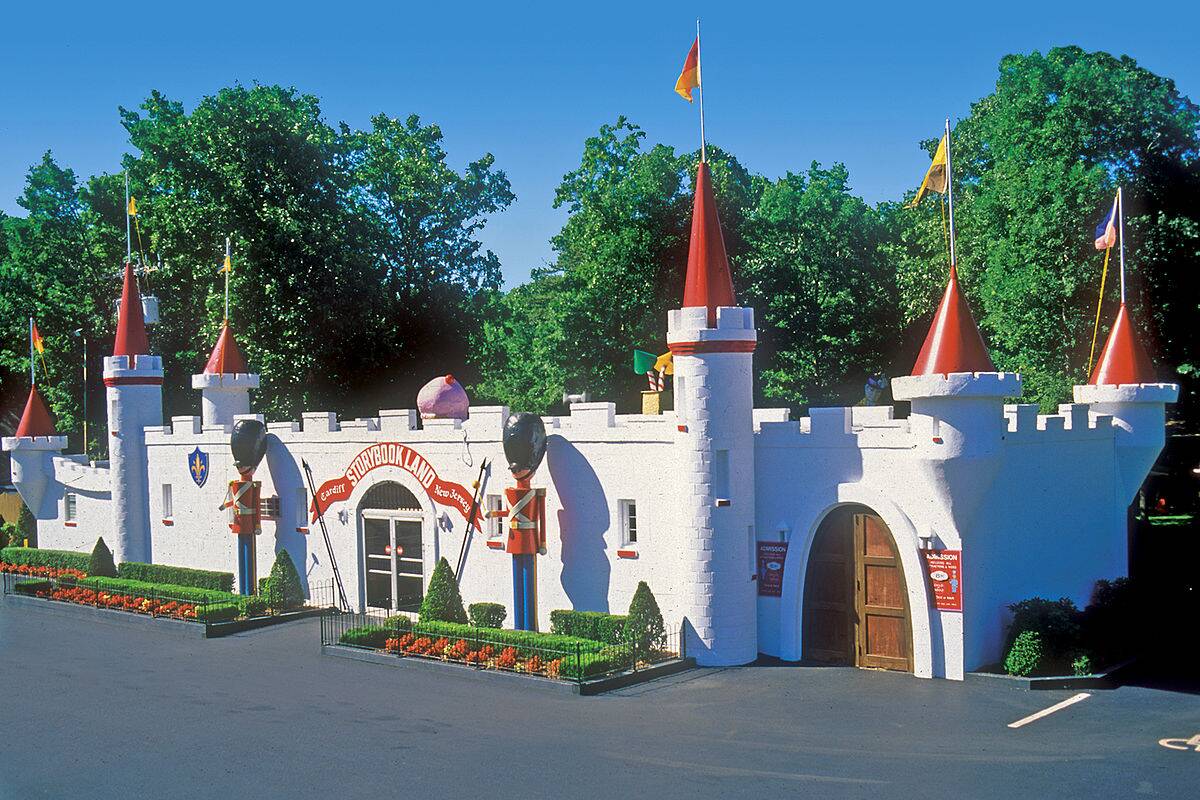
Storybook Land, located in Egg Harbor Township, New Jersey, opened in 1955 and brought fairy tales to life with its enchanting attractions. The park’s detailed sets, inspired by classic children’s stories, offered a magical experience for young visitors. Storybook Land’s commitment to maintaining its whimsical charm over the decades has made it a beloved destination for families. Its focus on storytelling and imagination continues to captivate children and adults alike, proving the timeless appeal of fairy tales.
The Influence of Early European Parks: A Global Inspiration
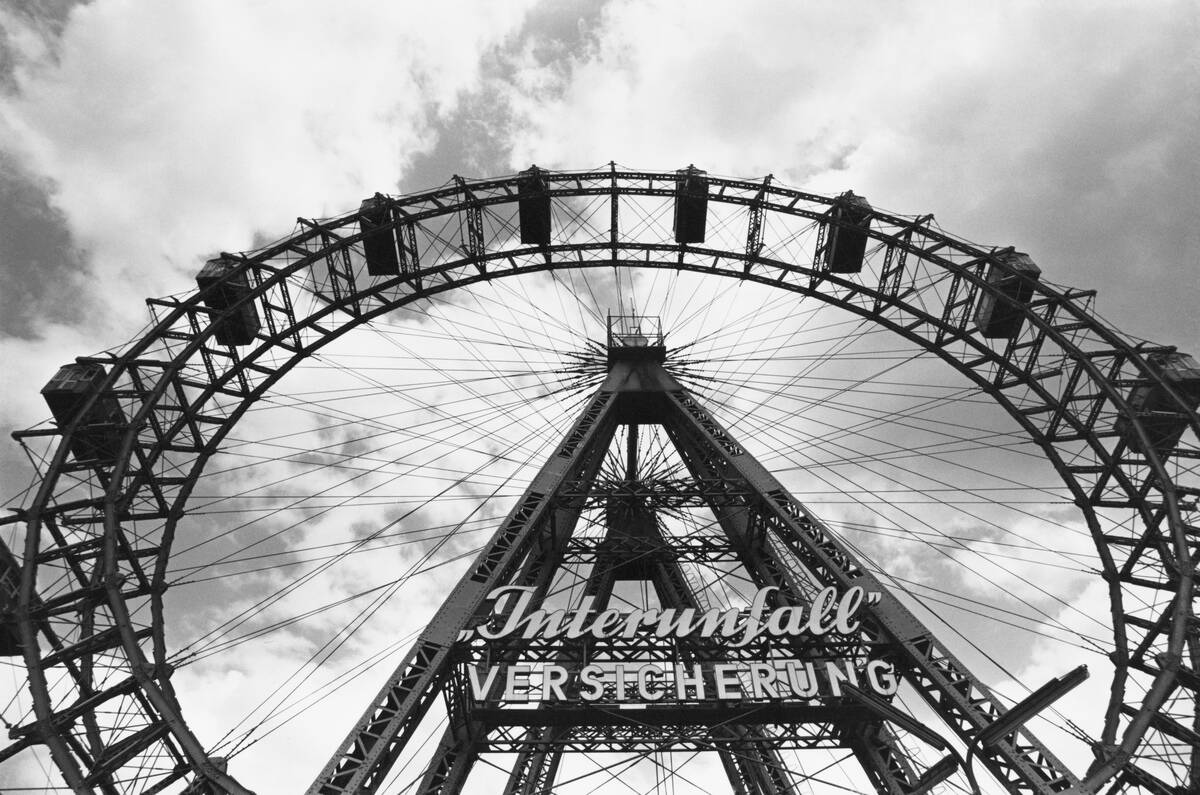
Early European parks like Prater in Vienna and Efteling in the Netherlands have had a significant impact on the global theme park industry. Prater, known for its iconic Ferris wheel, has been a symbol of Vienna’s entertainment culture since 1766. Efteling, opened in 1952, is famed for its fairy tale forest and immersive storytelling. These parks inspired international counterparts by demonstrating the power of themed environments, influencing the design and concept of parks worldwide.



